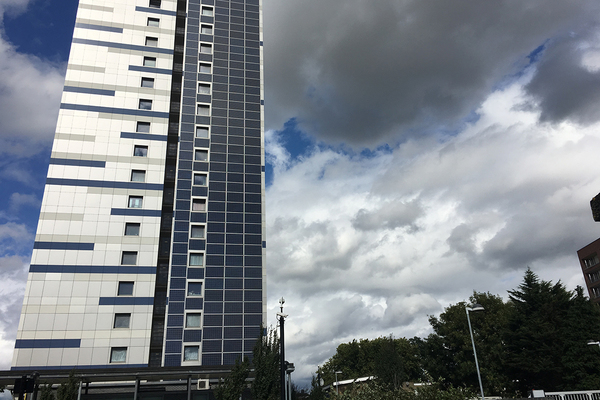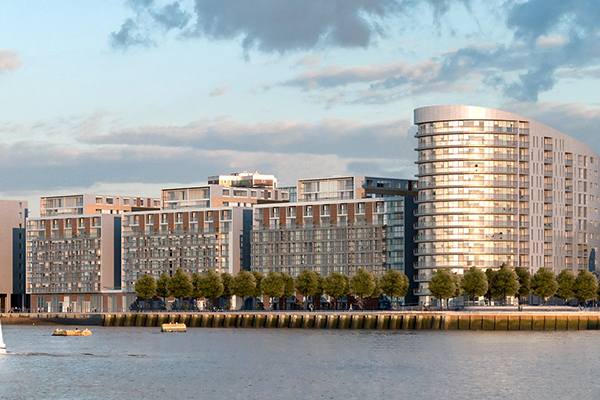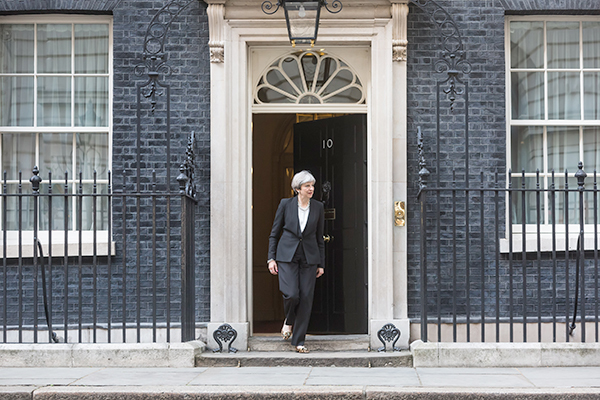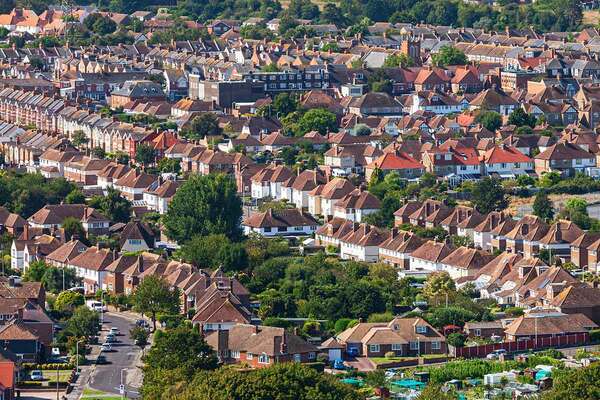You are viewing 1 of your 1 free articles
Government orders councils to check high rises for dangerous cladding
The government has enacted statutory powers to force local councils to identify high rises with dangerous cladding in their areas.
In a letter to council chief executives sent yesterday, housing secretary James Brokenshire announced that he was using powers under the Housing Act 2004 to compel councils to check buildings for cladding.
It follows a previous letter in August sent by his predecessor, Sajid Javid, asking councils to carry out this work.
The order, which councils are legally obliged to comply with, demands that they take “all appropriate steps” to notify government of high rises in their area, with a particular regard to identifying the specific aluminium and polyethylene cladding used on Grenfell.
The government’s building safety programme has so far identified 132 private sector buildings with dangerous cladding, but experts believe many more are affected.
In total, 304 buildings nationwide are known to have cladding and insulation combinations, which the large-scale tests carried out by government in the summer suggest are dangerous.
The letter sent yesterday said: “Having considered it necessary and urgent to ensure all high-rise residential buildings with potentially unsafe cladding are quickly identified and interim measures are in place, I now direct all local housing authorities pursuant to powers under Section 3 of the act in carrying out their duty to review housing conditions in their area as follows:
“To take particular regard, when reviewing housing conditions in their area, to the department’s… view that Aluminium Composite Material (ACM) with an unmodified polyethylene filler (category three in screening tests) with any type of insulation presents a significant fire hazard on buildings over 18m.
“To take all appropriate steps to identify and notify [the government] of all high-rise residential buildings over 18m in their area with a view to identifying any action they should take in accordance with their duties under the act, including carrying out inspections and assessments of hazards.
“To carry out a review to consider any fire safety hazards arising out of potentially unsafe ACM cladding on high-rise residential buildings in their area.”
On Twitter, John Healey, shadow housing secretary for Labour, said: “Good to see our Labour pressure means ministers have now directed councils to identify dangerous blocks in their areas.
“Eleven months on from the Grenfell Tower fire, it is shocking that there may be unsafe blocks that haven’t been identified or tested.”












